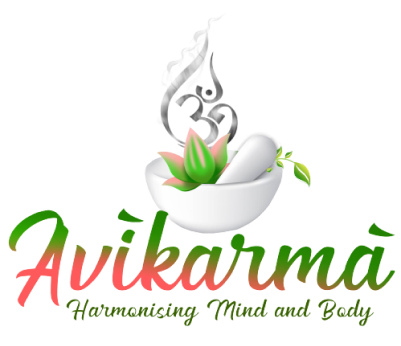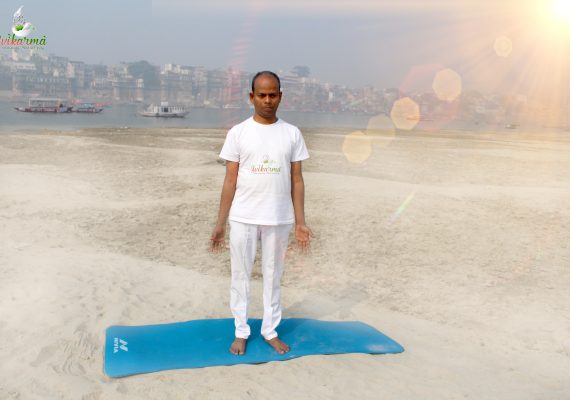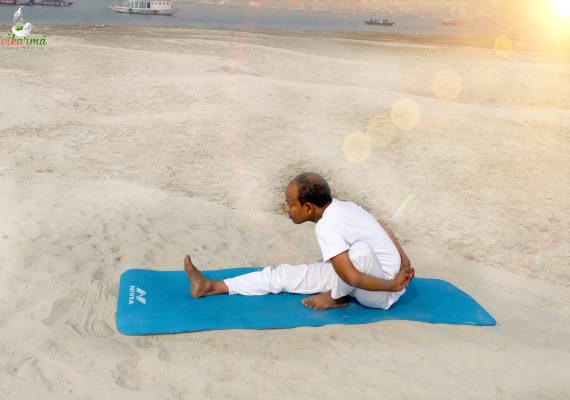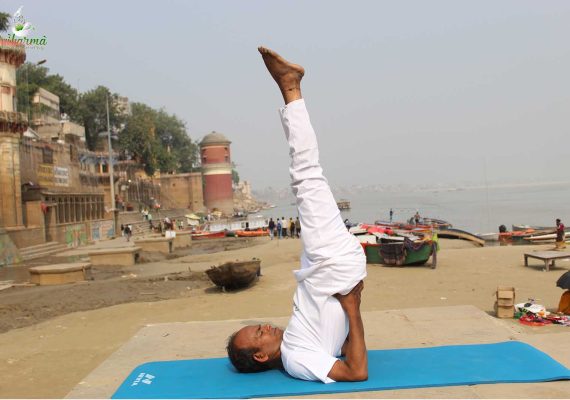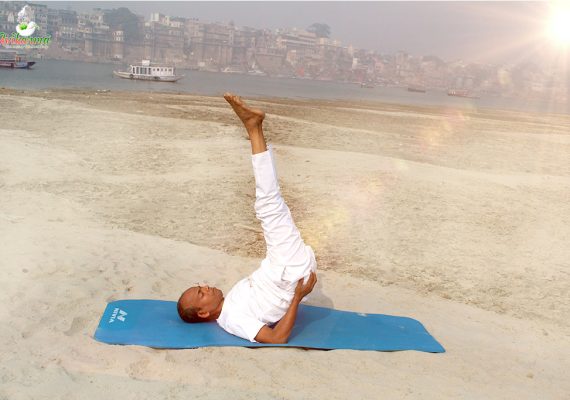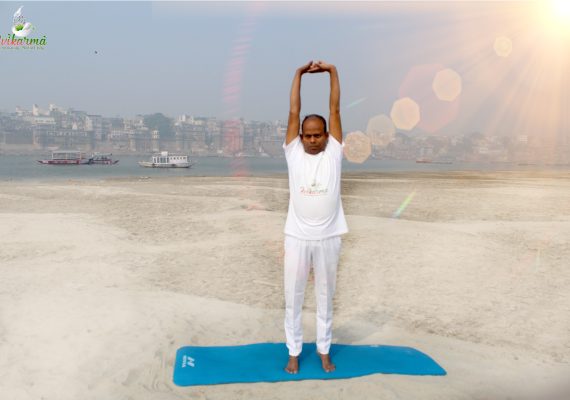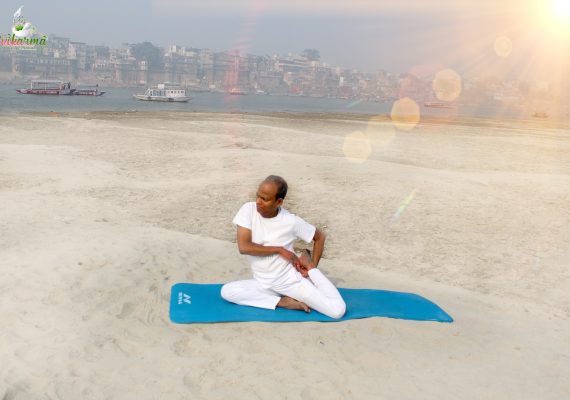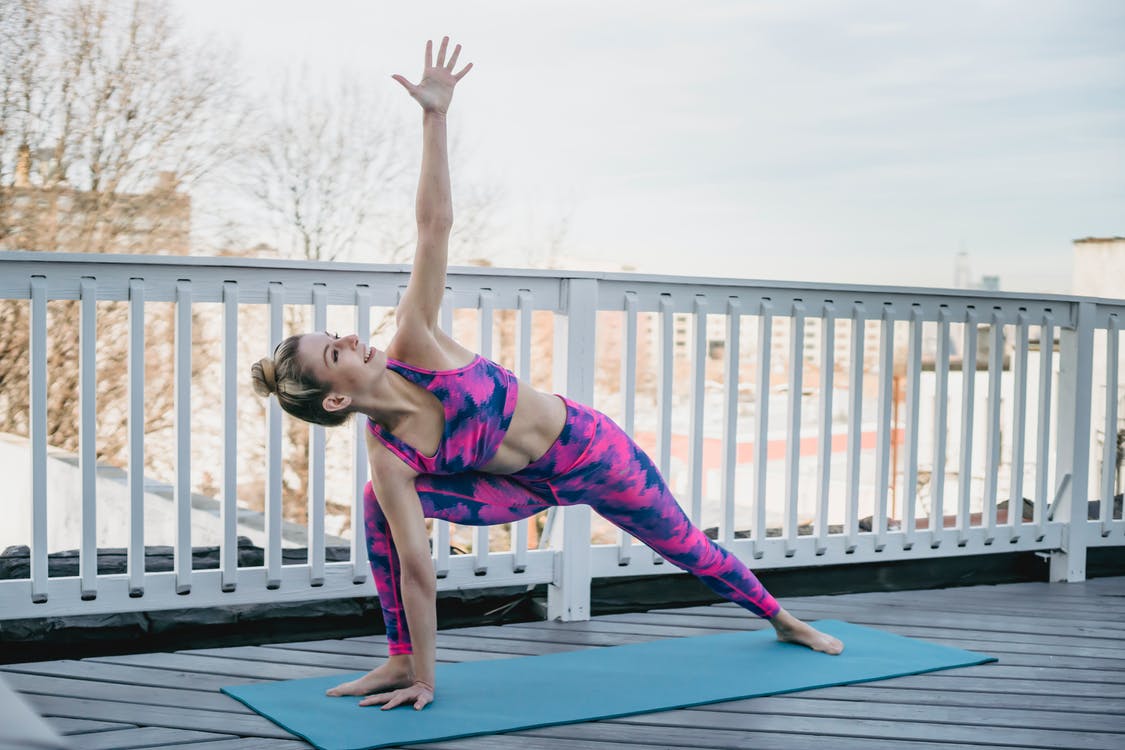
Hectic schedules or panel, desk jobs, and stagnant lifestyles with long sitting hours in a particular fixed pose are taking a toll on the health front. All levels of well-being are affected-mental, emotional, physical, and social. Cervical spondylosis causes pain in the neck which can extend to our arms or shoulders. When cervical pain starts, first of all we have tingling pain, which can get worse if left untreated. Cervical hurts more when standing, bending, moving, sitting, coughing. Working on the phone for hours or working on the computer causes neck pain because we work by bending over, which is also called cervical spondylosis. Most people don’t have symptoms but some may experience cervical pain or stiffness, muscle spasms, headaches, dizziness. More than 85% people older than age 60 are affected by cervical spondylosis.
It is a neck disease that is happening to everyone these days, whether they are big or small. Cervical problem happens to everyone because we do not sit straight, always sit in a bent position, due to which there is a problem of cervical. Cervical Spondylosis is a common degenerative condition caused by chronic wear and tear of the cervical spine. In GenX the instances of cervical spondylosis are on the rise due to over use of smartphones or computers, wrong postures, and lack of physical exercise. The main culprit is the stress factor that causes the symptoms to worsen. A common symptom of cervical spondylosis is a headache, which usually starts at the back of the head, just above the neck and moves to the forehead.
If you want to fix it, then you can do it through yoga because yoga is such a medium that opens our mind, brain and our body, so that we live our everyday life with freshness. Practicing Yoga or asana helps to relieve in cervical pain. Yogasana like-: Bhujangasana, Makarasana, Dhanurasana and so on which helps to reduce stiffness or neck pain.
Cervical Spondylosis
Tadasana Samasthithi
Tadasana Samasthithi is a classic pose that acts as the foundation of all standing yoga poses.
Marichyasana
Marichyasana is a seated asymmetrical yoga asana that both requires and builds flexibility and mobility.
Salamba Sarvangasana
Salamba sarvangasana is an inversion asana that is often included at the end of a yoga practice in order to encourage cleansing blood flow and an inner sense of calm.
Viparita Karani
Viparita Karani (Legs Up the Wall Pose) is a Sanskrit term that refers to the ‘action of inverting’. Thus it is more of a general action rather than an asana and hence the name does not end with ‘asana’.
Tadasana Paschima Namaskarasana
Tadasana paschima namaskar is a simple yet advanced shoulder and chest stretch practiced from a standing position. The name comes from the Sanskrit, tadasana, or mountain pose; paschima, meaning “west” and referring to the back of the body; and namaskar, which is a greeting and term of respect.
Tadasana Gomukhasana
Tadasana gomukhasana is a combination of traditional mountain pose with the arm variation known as open cow face on combination, both poses offer a stimulating and moderately challenging pose that requires shoulder flexibility and balance.
